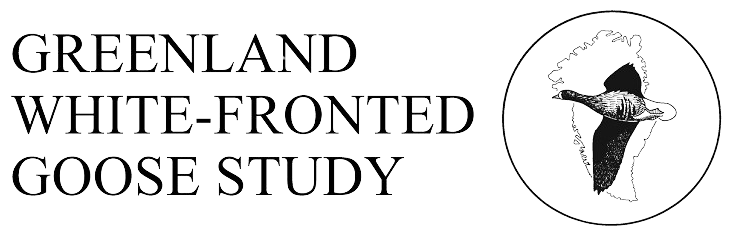History and status
Regional importance (Not known to R&O 1979). Thought to be abandoned in the late 1980s, it is extremely difficult to asses the history and status of this flock. At various times, it has been agreed that this flock had abandoned its former haunts, and was thought to be just a part of the Rhunahaorine flock. However, there are can be no doubt that regular coverage has, In recent years, proved this flock to be an independent group and to number some 200 birds. Of regional importance, this flock now does seem to be genuinely separate from concentrations of geese further south at Tayinloan/Rhunahaorine Point and we treat as such here. Unfortunately because it was considered that the flock had disappeared, counts were sporadic or ceased in several years in the 1980s and 1990s, so there is not a complete record. In years since the mid 1990s, although counts were annual, they were typically only once or twice per winter. A result of this is that in some years, the counts failed to catch the full flock on one occasion each winter, and in the case of 2000/1 produced an unusually high count. Allowing for this source of variation, it looks as if this group increased from c.80 birds when the count started to 200-250 birds in recent years with a slight fall back in numbers in very recent years (see figure). This flock needs detailed study to confirm its status.
Maximum winter counts:
Breeding success: Assessment of breeding success has not been regular at this resort.
Feeding sites and habitat: The flock feeds in the lowlands around Clachan and roosts in the hill lochs behind, probably Loch nam Gad (an oligotrophic loch) used principally as a roost, although it is known that the birds use the emergent vegetation of the loch to feed. As well as reseeded grasslands, unimproved and rush covered pastures in the lowland strip along the coast, rushy fields close to this loch and Loch Ciaran were also used.
Roosting sites: Loch nam Gad and less often at Loch Ciaran, but potentially other lochs used by the Rhunahaorine flock.
Threats: The roost site is now largely surrounded by afforestation.
Habitat change: None known to affect the geese.
Aircraft disturbance: Not known
Hunting disturbance: Not known, but not thought a problem.
Agricultural disturbance: Not known.
Site safeguard: Roosts are protected as part of the Kintyre Goose Roosts SPA and Ramsar site
SNH Natural Heritage Zones/Area: Argyll West and Islands.
Threats: Not known.
Linkages with other sites: None known
References
Batty, P. (1988) Counts of Grey Geese in Kintyre and Knapsdale. Unpublished report to Nature Conservancy Council, South West Region. 25pp.
Bignal, S. (1987) Counts of Grey Geese in Kintyre, Argyll 1986-1987. Rhunahaorine and Machrihanish. Unpublished report to Nature Conservancy Council, South West Region. 18pp.
Thompson, K. & Harding, N.J. (1994) Winter bird surveys on proposed Special Protection Areas in Scotland. Report 3: Winter Goose Surveys in Kintyre, Wigtownshire and Flanders Moss. Report by RSPB to Scottish Natural Heritage.
